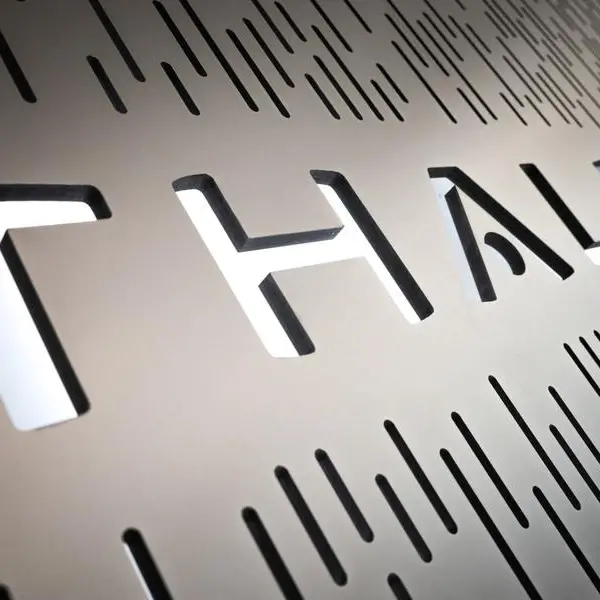PHOTO
The logo of technology company Nvidia is seen at its headquarters in Santa Clara, California February 11, 2015.
Nvidia dominates the market for artificial intelligence computing chips. Now it is coming after Intel’s longtime stronghold of personal computers.
Nvidia has quietly begun designing central processing units (CPUs) that would run Microsoft’s Windows operating system and use technology from Arm Holdings , two people familiar with the matter told Reuters.
The AI chip giant's new pursuit is part of Microsoft's effort to help chip companies build Arm-based processors for Windows PCs. Microsoft's plans take aim at Apple, which has nearly doubled its market share in the three years since releasing its own Arm-based chips in-house for its Mac computers, according to preliminary third-quarter data from research firm IDC.
Advanced Micro Devices also plans to make chips for PCs with Arm technology, according to two people familiar with the matter.
Nvidia and AMD could sell PC chips as soon as 2025, one of the people familiar with the matter said. Nvidia and AMD would join Qualcomm, which has been making Arm-based chips for laptops since 2016. At an event on Tuesday that will be attended by Microsoft executives, including vice president of Windows and Devices Pavan Davuluri, Qualcomm plans to reveal more details about a flagship chip that a team of ex-Apple engineers designed, according to a person familiar with the matter.
Nvidia shares closed up 3.84%, and Intel shares ended down 3.06% after the Reuters report on Nvidia's plans. Arm's shares were up 4.89% at close.
Nvidia spokesperson Ken Brown, AMD spokesperson Brandi Marina, Arm spokesperson Kristen Ray and Microsoft spokesperson Pete Wootton all declined to comment.
Nvidia, AMD and Qualcomm's efforts could shake up a PC industry that Intel long dominated but which is under increasing pressure from Apple. Apple’s custom chips have given Mac computers better battery life and speedy performance that rivals chips that use more energy. Executives at Microsoft have observed how efficient Apple’s Arm-based chips are, including with AI processing, and desire to attain similar performance, one of the sources said.
In 2016, Microsoft tapped Qualcomm to spearhead the effort for moving the Windows operating system to Arm’s underlying processor architecture, which has long powered smartphones and their small batteries. Microsoft granted Qualcomm an exclusivity arrangement to develop Windows-compatible chips until 2024, according to two sources familiar with the matter.
Microsoft has encouraged others to enter the market once that exclusivity deal expires, the two sources told Reuters.
“Microsoft learned from the 90s that they don’t want to be dependent on Intel again, they don’t want to be dependent on a single vendor,” said Jay Goldberg, chief executive of D2D Advisory, a finance and strategy consulting firm. “If Arm really took off in PC (chips), they were never going to let Qualcomm be the sole supplier.”
Microsoft has been encouraging the involved chipmakers to build advanced AI features into the CPUs they are designing. The company envisions AI-enhanced software such as its Copilot to become an increasingly important part of using Windows. To make that a reality, forthcoming chips from Nvidia, AMD and others will need to devote the on-chip resources to do so.
There is no guarantee of success if Microsoft and the chip firms proceed with the plans. Software developers have spent decades and billions of dollars writing code for Windows that runs on what is known as the x86 computing architecture, which is used by both Intel and AMD. Computer code built for x86 chips will not automatically run on Arm-based designs, and the transition could pose challenges.
Intel has also been packing AI features into its chips and recently showed a laptop running features similar to ChatGPT directly on the device.
Intel spokesperson Will Moss did not immediately respond to a request for comment. AMD's entry into the Arm-based PC market was earlier reported by chip-focused publication SemiAccurate.
(Reporting by Stephen Nellis and Max A. Cherney in San Francisco; editing by Kenneth Li and Josie Kao)





















